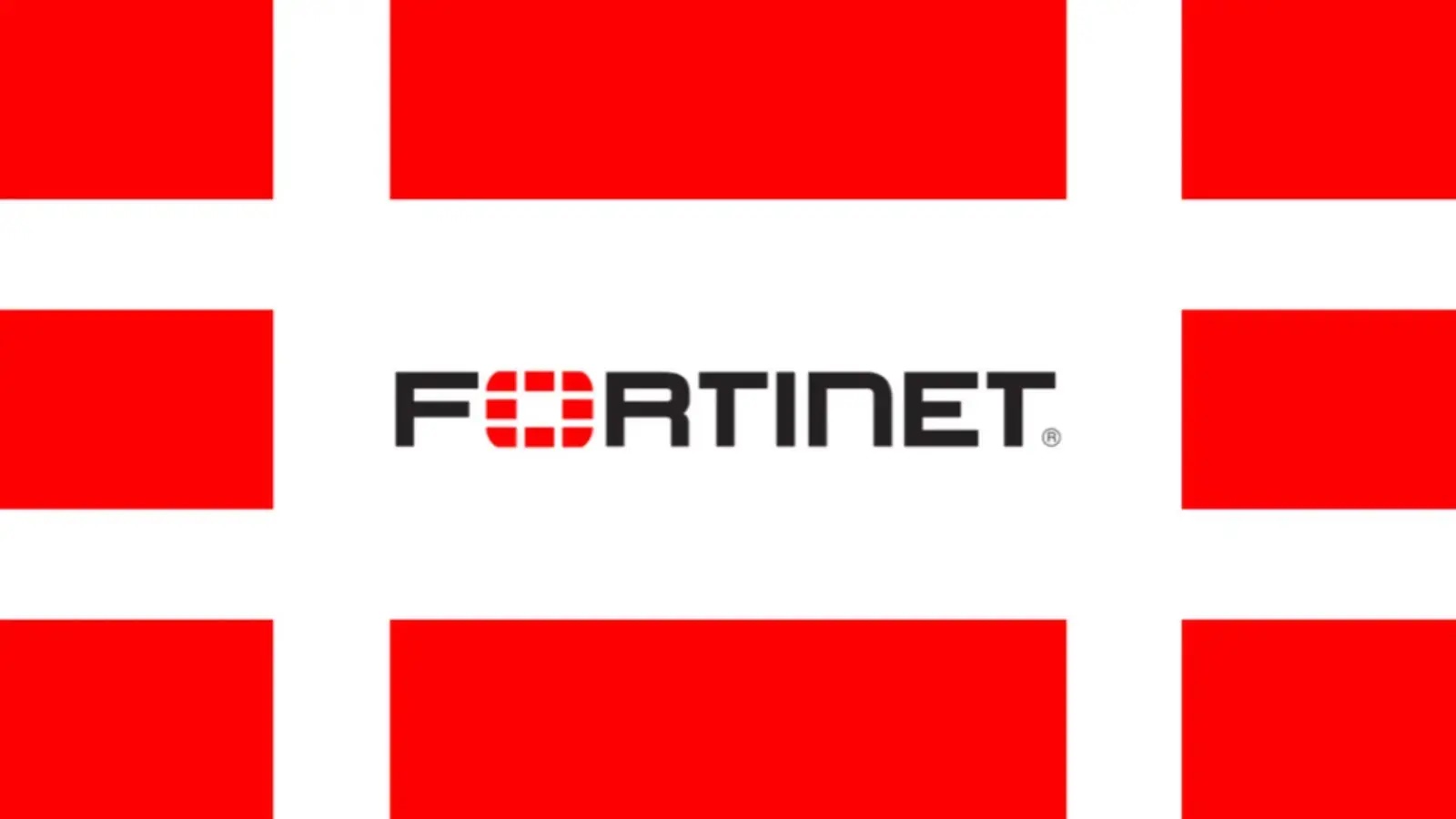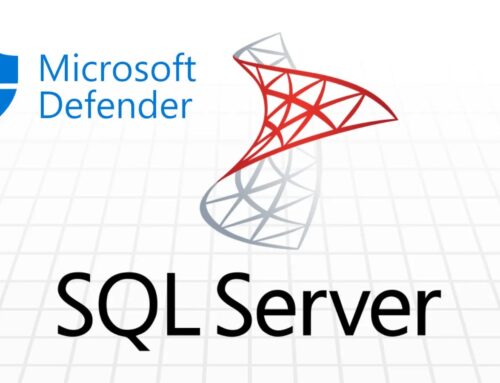
Fortinet FortiSIEM Command Injection Vulnerability (CVE-2025-25256) – Technical Details Revealed
A sinister new threat has emerged on the cybersecurity landscape, directly impacting organizations reliant on Fortinet’s FortiSIEM solution for their security operations. Cybersecurity researchers at watchTowr Labs have recently unveiled comprehensive technical details of a critical pre-authentication command injection vulnerability, officially designated as CVE-2025-25256. With a maximum CVSS score of 9.8, and confirmed exploitation in the wild, this vulnerability represents an immediate and severe risk to enterprise security posture. Understanding the mechanics and implications of this flaw is paramount for any organization leveraging FortiSIEM.
Understanding FortiSIEM and the Severity of the Vulnerability
FortiSIEM is Fortinet’s Security Information and Event Management platform, a cornerstone for many businesses to collect, analyze, and manage security logs and events. It plays a pivotal role in threat detection, compliance, and incident response. The mere presence of a vulnerability in such a critical system is concerning, but CVE-2025-25256 is particularly alarming due to its nature:
- Pre-authentication: An attacker does not need legitimate credentials to exploit this vulnerability. This significantly lowers the barrier for exploitation.
- Command Injection: This type of flaw allows an attacker to execute arbitrary commands on the underlying operating system of the FortiSIEM appliance. This grants them full control over the system.
- CVSS Score 9.8: This near-perfect score from the Common Vulnerability Scoring System indicates maximum severity, encompassing high impact on confidentiality, integrity, and availability, with low attack complexity.
- Exploited in the Wild: Confirmed active exploitation means that malicious actors are already leveraging this vulnerability, underscoring the urgency for immediate action.
An attacker successfully exploiting CVE-2025-25256 could gain complete control over the FortiSIEM appliance. This could lead to data exfiltration, service disruption, deployment of ransomware, or the establishment of a persistent foothold within the network to launch further attacks. Given FortiSIEM’s central role in security monitoring, compromising it could effectively blind an organization’s security team to ongoing breaches.
Technical Overview of the Command Injection Vulnerability
While watchTowr Labs’ detailed analysis provides granular specifics, the essence of CVE-2025-25256 lies in insecure handling of user-supplied input. Command injection vulnerabilities typically arise when an application executes system commands and incorporates user input directly into the command string without proper sanitization or validation. An attacker can then inject special characters (like semicolons, backticks, or pipes) to append or concatenate their own commands, which the system then executes.
In the context of FortiSIEM, this likely pertains to specific web-accessible interfaces or APIs that, when processing certain parameters, misinterpret malicious input as part of a legitimate system command. The pre-authentication aspect suggests that these vulnerable interfaces are exposed before a user is required to log in, making them easily accessible to unauthenticated attackers.
The exploitation chain would typically involve sending a specially crafted HTTP request to the vulnerable FortiSIEM instance. This request would contain the malicious payload designed to execute arbitrary commands on the underlying server. For example, an attacker could instruct the FortiSIEM server to download and execute additional malware, create new user accounts, or disable security services. The immediate impact, as stated, is full system compromise, severely undermining the integrity and effectiveness of the SIEM solution.
Remediation Actions for CVE-2025-25256
Given the critical nature and active exploitation of CVE-2025-25256, immediate remediation is non-negotiable for all organizations utilizing Fortinet FortiSIEM. Here are the essential steps:
- Patching: The primary and most effective remediation is to apply the official security patches released by Fortinet. Organizations must identify the specific FortiSIEM versions affected and immediately upgrade to the patched versions. Prioritize this update as a critical security incident.
- Isolate and Monitor: If immediate patching is not feasible, consider isolating FortiSIEM appliances from public internet access. Implement strict network segmentation to limit exposure. Enhance monitoring for any unusual activity originating from or targeting the FortiSIEM appliance, specifically looking for anomalous outgoing connections or unexpected process executions.
- Indicators of Compromise (IoCs): Consult Fortinet’s official advisories and watchTowr Labs’ technical analysis for any published Indicators of Compromise (IoCs). Scan FortiSIEM systems and connected networks for these IoCs to detect potential past or ongoing compromises.
- Threat Hunting: Proactively hunt for signs of compromise on FortiSIEM appliances. This includes meticulously reviewing system logs, network traffic logs, and process execution logs for any suspicious entries that could indicate exploitation of CVE-2025-25256.
- Emergency Response Plan: Ensure your incident response plan is ready for activation. If compromise is detected, follow established protocols for containment, eradication, recovery, and post-incident analysis.
Tools for Detection and Mitigation
Leveraging appropriate tools can aid in the detection, scanning, and mitigation efforts related to CVE-2025-25256. While Fortinet’s official patches are key, these tools provide valuable support:
| Tool Name | Purpose | Link |
|---|---|---|
| Nessus | Vulnerability scanning; check for plugin updates specifically targeting CVE-2025-25256. | https://www.tenable.com/products/nessus |
| OpenVAS | Open-source vulnerability scanning; similarly, check for updated vulnerability definitions. | https://www.greenbone.net/en/community-edition/ |
| Wireshark | Network protocol analyzer; invaluable for capturing and analyzing suspicious network traffic to and from FortiSIEM. | https://www.wireshark.org/ |
| Endpoint Detection and Response (EDR) Solutions | Monitor FortiSIEM host for anomalous process execution, file changes, or network connections. (e.g., CrowdStrike, SentinelOne) | (Vendor Specific) |
| FortiSIEM (itself, once patched) | Use FortiSIEM’s own capabilities to monitor logs for indicators of compromise or attempted exploitation. | https://www.fortinet.com/products/siem/fortisiem |
Conclusion
The disclosure of CVE-2025-25256, a critical pre-authentication command injection vulnerability in Fortinet FortiSIEM, demands immediate attention from all affected organizations. Its maximum CVSS score and confirmed exploitation in the wild classify it as an active and severe threat. Organizations must prioritize applying official Fortinet patches, implement robust monitoring, and be prepared to activate their incident response plans. Proactive security measures and swift patching are the most effective defenses against such high-impact vulnerabilities, ensuring the continued integrity of their FortiSIEM operations and broader security posture.





